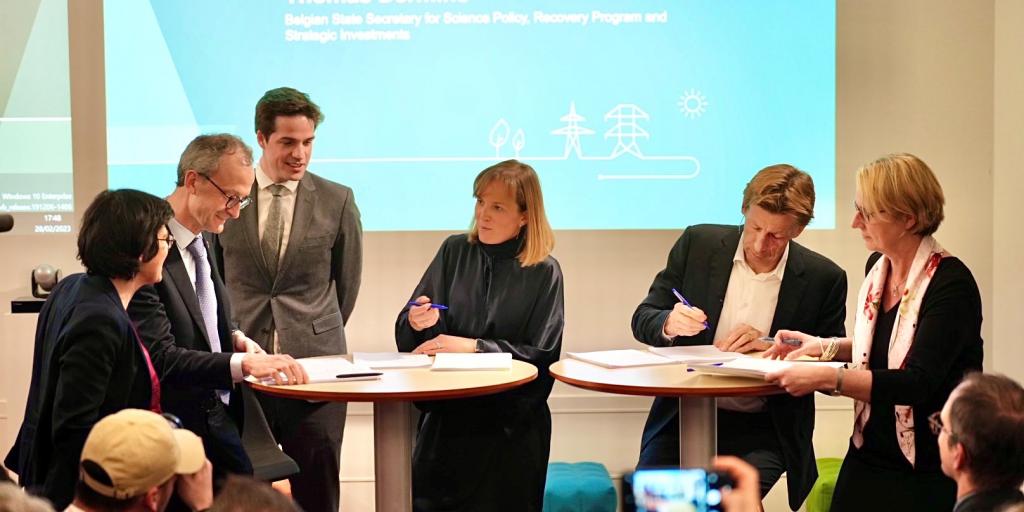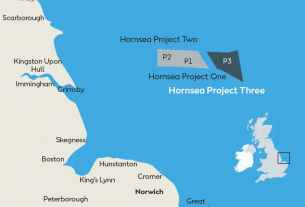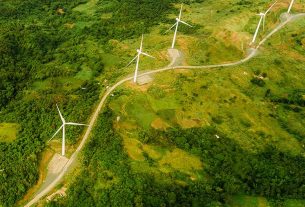Belgium – The first artificial energy island in the world will be built by the Belgian collaboration TM EDISON, made up of DEME and Jan De Nul.
Beginning in early 2024, work on the Princess Elisabeth Island’s foundation will endure for 2.5 years. The construction of the high-voltage infrastructure can then begin. Bringing the electricity generated by Belgium’s prospective offshore wind zone to shore will require the latter.
The island will also serve as the foundation for a comprehensive offshore electrical system in Europe that will link centers and nations. For instance, Belgium aims to develop more cooperative contacts with Denmark and Great Britain. They will provide access to the enormous volumes of renewable energy required to reduce the industry’s short-term reliance on fossil fuels.
In January 2022, the island’s tendering process began. Companies with locations in Belgium and other countries submitted numerous proposals to Elia. The Belgian consortium TM EDISON received first place based on the established criteria. A lot was determined by factors like technical excellence, together with commercial and contractual restrictions. The importance of safety was equally crucial.
Inventive masterwork
The Princess Elisabeth Island will be the first man-made island in the world to use both alternating current (HVAC) and high-voltage direct current (HVDC). The Princess Elisabeth zone’s wind farm export cables will be bundled together by the island’s high-voltage infrastructure, which will also act as a hub for future interconnectors with Denmark and Great Britain.
They are so-called “hybrid interconnectors,” which are more effective since they serve two purposes. They enable the transmission of electricity across nations and are linked to enormous offshore wind farms in the North Sea that will eventually supply Belgium with significant amounts of clean energy.
Large size
The location of the energy island will be roughly 45 kilometers offshore. The space allotted for the construction of the electrical infrastructure will be around 6 hectares large, or the size of 12 football fields. The man-made island will be made of concrete caissons filled with sand and placed within the Princess Elisabeth wind zone.
To enable maintenance teams to visit the island, a small harbor and helicopter platform will also be built. The European Covid Recovery Fund has provided funds for the energy island. The island will get a grant from the Belgian government worth about €100 million.
Timing
The island’s design can now be finalized as the building contract has been awarded. Beginning in early 2024, work on the island will last until August 2026. In 2024 and 2025, the caissons will be constructed and put into service. They will define the island’s outlines. The island’s foundation will then be lifted and made ready for the installation of the electrical infrastructure.
It will be linked to the Elia onshore grid and the brand-new offshore wind farms. It is essential that the grid strengthening projects for Ventilus and Boucle du Hainaut are completed concurrently in order to provide consumers with the extra electricity. By 2030, Elia wants to have all wind farms fully connected to the mainland.




